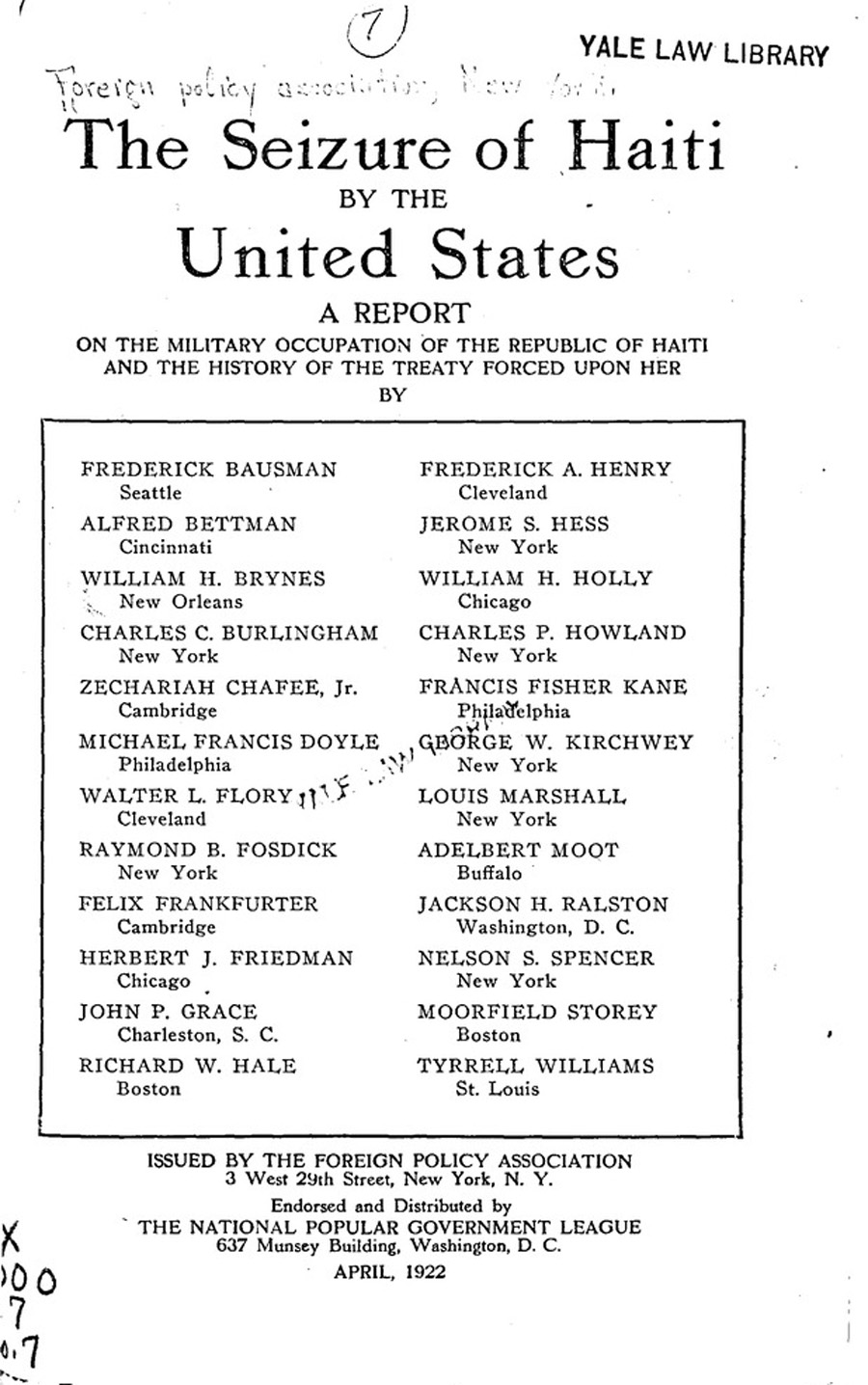Against a background of the Napoleonic Wars, there was frenzied activity as recounted in newspapers with mass movement of volunteers from English regiments to Ireland. In 1807 volunteers of English regiments joined the 81st at Waterford. Volunteers from the militia reached Limerick from Galway en route to Cork to join the 27th and 67th regiments. On 22 November the Knight of Kerry, Maurice Fitzgerald, passed through Limerick en route to Ballinasloe to join the Royal Co Limerick Regiment. They were just a few of many militia movements of the time.
On 19 November 1807 a convoy of British troop transport ships set sail from Dublin. It comprised five ships: the Sarah, the Lark, the Albion, the Rochdale and the Prince of Wales. Two of the ships, the Rochdale and the Prince of Wales did not make it to their destination. They ended up being wrecked on the South Bull in Dublin Bay, with the loss of approximately 380 lives. Public outcry was one of the key factors that brought about the construction of what is now known as Dun Laoghaire East Pier.
Stories of the wrecks, with bibliography, are widely chronicled and illustrated in many journals. To coincide with the bicentenary year of the tragedies, in 2007 in the series of Autumn Lectures and Maritime talks, an extensively documented Old Dublin Society talk by Edward J. Bourke took place at Pearse Street Library on 21 November 2007. An article by Pat Ferguson on Local Maritime Disasters was printed in Blackrock Society, Proceedings 2008, Vol.16 (pp. 57-59).
The Prince of Wales
The Prince of Wales, the Parkgate packet ship, was a 103-ton, wooden brig of Chester, originally built in Wales. It was en route to Liverpool with recruits from the South Cork and South Mayo Militia for the 18th and 97th Regiments.
The stormy weather prevented the Prince of Wales from anchoring in Dublin Bay and it was forced to anchor off Bray Head in an attempt to gain some shelter. The wind direction changed and went SE, driving the Prince of Wales across Dublin Bay. It eventually ran ashore at Blackrock House. Captain Jones, the crew, two soldiers, a steward and his wife managed to get on board one of the ship’s boats and got ashore safely. The Prince of Wales started to break up soon afterwards and became a total wreck, with the loss of 120 lives.
Bodies recovered from the wreck were buried at Merrion Square. There is a headstone at Merrion graveyard marking the resting place of some of the soldiers who lost their lives when the Prince of Wales was wrecked. Other victims of the wrecking incident were buried at Carrickbrennan Cemetery in Monkstown and at Kilbegnet in Dalkey.
Following the incident the master of the Prince of Wales, the mate and the steward were tried for murder, charged with having removed the ladder from the hold of the lower decks, thus preventing the soldiers from getting on deck. The case was subsequently dropped owing to insufficient evidence.
The Rochdale
The Rochdale, a brig of Liverpool was also en route with some passengers and 265 soldiers of the 97th Regiment. It encountered an easterly gale and a snow storm shortly after leaving Dublin Bay and was driven back into Dublin Bay by strong winds and could be seen from both Dalkey and Dun Laoghaire as it burned blue lights and fired guns as signals of distress.
In an attempt to prevent the vessel from being blown ashore, several anchors were dropped, but these failed when the cables snapped. The vessel was driven helplessly past Dun Laoghaire Pier and went ashore on rocks under the Martello Tower at Seapoint, half a mile from where the Prince of Wales had gone ashore.
Even though the wreck was only yards away from the shore all 265 aboard, including 42 women and 29 children, perished as the poor visibility and darkness of the night prevented them from comprehending their exact position. The next day the lower hull of the Rochdale was found to be completely smashed out, but the decks were relatively intact.
Many bodies were washed ashore and some were removed from the holds of both the wrecks. Soldiers had to be stationed at intervals along the South Bull to prevent the plundering of bodies that did wash ashore. A total of 380 lives were lost.
Many of the dead from the Rochdale were buried at the Carrickbrennan Cemetery in Monkstown. In May 1808 the wreck of the Rochdale was sold to a Dun Laoghaire man for thirty-six guineas.
Pillage and Memorials
Evidence of pillage from the wrecks has been documented with attempts to put artefacts on sale. The whole of the Regimental Plate of the 97th or Queens Germans was lost on the Rochdale.
In memory of the soldiers, three engraved headstones stand to honour the victims of both tragedies while there is confusion if some of the officers had private burials by family in other places … ‘May they forever rest in peace’.
Ita Marguet, November 2011
Note: Acknowledgement is given to sources used in preparation of this text, principally archival records at the Public Library in Dunleary. It follows a visit to the Martello Tower at Seapoint where an account of the Rochdale tragedy is on display.





